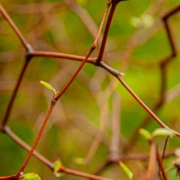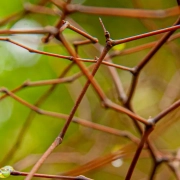Parkinson’s disease – acupuncture helps to regulate dopamine
Dopamine is a neurotransmitter, a chemical messenger that plays a crucial role in transmitting signals within the brain and other areas of the body. It is involved in many essential functions, including movement, motivation, reward, and the regulation of mood.
In Parkinson’s disease (PD), dopamine-producing neurons in a part of the brain called the substantia nigra start to degenerate and die. This leads to a decline in dopamine levels, which disrupts the delicate balance of neurotransmitters needed for smooth and coordinated movement. As a result, the characteristic motor symptoms of PD, such as tremors, rigidity, bradykinesia (slowness of movement), and postural instability, begin to manifest.
The primary treatment for Parkinson’s disease involves the use of medications that either replenish dopamine levels or mimic its effects.
To investigate the effect of acupuncture on dopamine levels, the lead researcher Sabina Lim at Kyung Hee University in Seoul used a standard mouse model of inducing Parkinson’s disease, in which injections of a chemical known as MPTP kill off brain cells that manufacture dopamine.
Some of the injected mice were then administered acupuncture specific to treatment of Parkinson’s. Another group of mice received acupuncture in two spots on the hips, not believed to be effective for Parkinson’s, while a third group had no acupuncture at all.
By the end of seven days, the MPTP injections had decreased dopamine levels, both in the mice that had not had acupuncture, and in the mice that received ‘pretend’ acupuncture, to about half the normal amount. But in the acupuncture-treated group, dopamine levels declined much less steeply, and nearly 80% of the dopamine remained.
The study has been published in Brain Research1. (ANI)
This groundbreaking research invites us to consider acupuncture’s hidden potential as an ally in the fight against Parkinson’s disease.


